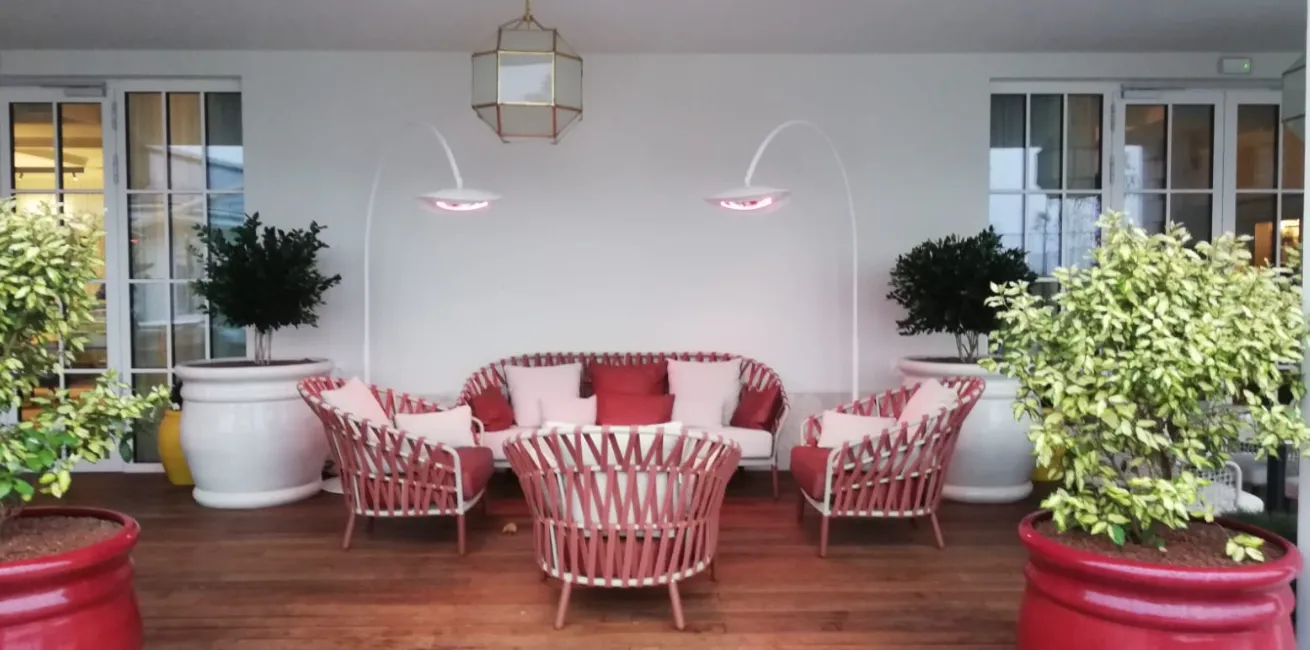Infrared heat lamps have become increasingly popular for both residential and commercial applications. Unlike traditional heat sources, infrared lamps provide focused, penetrating heat without heating the surrounding air excessively. This makes them versatile tools that can be used for a variety of purposes. Whether you are looking to enhance comfort, improve health, or optimize business operations, an infrared heat lamp offers practical solutions for many situations.
Home Uses of an Infrared Heat Lamp
One of the most common uses for an infrared heat lamp in the home is for personal warmth. These lamps are ideal for providing targeted heat in bathrooms, bedrooms, or living spaces. Unlike conventional heaters, infrared heat lamps warm objects and people directly, creating a cozy environment without significantly raising the room’s temperature. This can be particularly useful during cold seasons or in areas of the home that are difficult to heat.
Another popular home application is therapeutic use. Infrared heat is known to penetrate the skin, increasing blood circulation and relaxing muscles. Homeowners often use infrared heat lamps to relieve muscle stiffness, joint pain, or tension headaches. Placing the lamp at a safe distance over sore areas for a short duration can provide a comforting and natural way to reduce discomfort.
Infrared heat lamps are also increasingly used for pet care. Many pet owners install infrared lamps in reptile enclosures, chicken coops, or small animal cages to provide consistent warmth. This controlled heat source helps maintain optimal body temperature and supports the overall health of pets and livestock.
Business Uses of an Infrared Heat Lamp
In commercial settings, infrared heat lamps serve multiple functions. Restaurants and food service businesses often use them to keep food warm before it is served. Unlike conventional warming methods, infrared lamps prevent moisture loss in food while maintaining a consistent temperature. This ensures that dishes remain appetizing and safe for consumption.
Retail businesses can also benefit from infrared heat lamps in outdoor areas, patios, or entryways. They provide focused heat for customers in cooler weather, enhancing comfort and encouraging longer visits. Cafés, restaurants, and other outdoor venues often install infrared lamps to extend the usability of outdoor spaces throughout the year.
Healthcare and wellness facilities have recognized the value of infrared heat lamps as well. Spas, massage clinics, and physiotherapy centers use them to promote relaxation and support recovery. The penetrating heat helps soothe muscles, reduce inflammation, and improve circulation, offering clients a therapeutic experience that complements other treatments.
Additionally, infrared heat lamps are commonly used in industrial and maintenance settings. They can accelerate drying processes, cure coatings, or prevent condensation in certain work environments. The precise, localized heat they provide makes them ideal for specialized tasks that require consistent warmth without affecting surrounding areas.
Safety Considerations
While infrared heat lamps are versatile and effective, safety precautions are essential. Always follow manufacturer guidelines for placement, duration, and distance. Avoid prolonged direct exposure to skin to prevent burns, and keep flammable materials away from the lamp. Proper usage ensures that both home and business environments benefit safely from the advantages of infrared heating.
Conclusion
The infrared heat lamp is a valuable tool that has found its place in homes and businesses alike. From personal comfort and therapeutic applications to food warming, customer comfort, and industrial uses, its versatility makes it an investment worth considering. With the right precautions, an infrared heat lamp can provide efficient, targeted heat that meets a wide range of needs, proving its utility in everyday life and professional settings.



